

Why Choose A Foam Mat When Self Inflating Mats and Air Pads Exist?
Inflatable pads are absolutely great and definitely have their time and place! They can offer great comfort, R-Value’s and pack sizes however, we’re not going to talk about them here. The fact you’re reading this article tells me you know or have experienced the drawbacks to the modern sleeping mats. So, this article is all about classic closed cell foam mats.
We all know what they are and we’ve all seen them but why would you choose them over the more modern Air Pads and SIM’s?
Well let me ask you this, if you were given a choice between a foam pad and an inflatable one with a hole in it, which would you choose?
Here’s all the benefits and drawbacks to this classic style of sleeping mat!
Advantages Of Foam
1) Foam is Durable
Sooner or later, an inflatable pad will inevitably develop a hole. It might take months, or even years of rigorous use. You could hike thousands of miles before encountering it. But it’s almost certain to occur. When it does, you’re left with the options of patching the hole and hoping it holds, especially in cold weather, or replacing the pad altogether.
In contrast, foam pads don’t get punctures. This assurance means you can use them without worry, even in rough, pointy terrains. You can confidently camp anywhere, knowing your pad won’t fail you. Additionally, you can utilise it as a handy seat during breaks, further enhancing its practicality and versatility.
2) Foam Is Fast And Easy
Hiking and Backpacking involves a multitude of daily tasks, from packing and unpacking gear to cooking, cleaning, and treating water. Inflatable pads introduce an additional step to this routine. Each day requires inflating and deflating the pad, compressing it, tightly wrapping it, and struggling to fit it into a stuff sack. This process becomes a repetitive chore, requiring time and effort on a daily basis.
In contrast, foam pads offer a simpler and more efficient solution. With no need for inflation or deflation, they streamline the packing process, saving valuable time and energy. From personal experience, I can attest that minimising daily chores during a long-distance hike can greatly improve the overall experience.
3) Foam Is Silent
Inflatable pads are notorious for their noise. They emit squeaky plastic sounds with every movement, which can be quite disruptive for yourself and neighbouring campers. The sound of getting comfortable on a night can soon become frustrating and this is yet another problem you won’t have with the classic foam mat.
4) Foam Is Cheaper
High quality inflatable pads typically cost around £200. The highest quality foam mats are between £40- £80. For those seeking a more budget friendly option, you can get good quality foam mats for £20- £30.
All the pads listed on the bottom of the page are under £80, with the majority falling below £40. Although some inflatable pads may be comparable in weight, foam pads generally lighter. They offer greater cost effectiveness when compared by weight. This is particularly evident when considering that many lightweight backpackers choose to trim down foam pads with a knife to reduce weight.
5) Foam Is Versatile
A fundamental principle of backpacking is maximising the versatility of your gear.
Inflatable pads, however, are limited in their utility, primarily serving as sleeping surfaces. While you can attempt to repurpose them for other tasks, there’s always a lingering concern about damaging or puncturing them.
In contrast, foam pads offer a multitude of practical applications. Aside from providing a comfortable seat during breaks, they can double as a windscreen for cooking or be utilised as an improvised splint in emergency situations. The versatility of foam pads opens up numerous possibilities for resourceful hikers, with some ultra light enthusiasts even using them as backpack frames.
Disadvantages of Foam
1) Foam Is Not As Comfortable
Inflatable pads are more comfortable than foam options. They excel at providing padding against rocks and roots, offering customisable firmness levels by adjusting air pressure.
Some people can drop off to sleep anywhere and anyhow. The sleeping surface for these people is far less significant than for those who really struggle to get comfortable when trying to sleep. Personal preferences really do play a big part and due to various factors, some people seek greater comfort and insulation against external discomforts. Therefore, they may prefer foam pads for their enhanced comfort.
Other personal preferences also play a significant role in choosing sleeping pads. For example, those accustomed to extra-firm mattresses at home may naturally lean towards firmer foam pads. People’s preferred sleeping position may influence their choice between foam and inflatable pads. Also, the choice in bedding like sleeping bags or quilts has an impact on sleeping pad choice among individuals.
Ultimately, while researching gear is essential, it’s possible to delve too deeply into minor details, especially when it comes to sleeping pads. While factors like sleeping position may play a role in comfort, personal preferences and comfort levels remain paramount in selecting the right sleeping pad for individual needs.
2) Foam Is Bulky
It’s certainly convenient that a lot of pads now come with a foldable ‘Z’ style compared to the older roll up design. However, it’s impossible to overlook the fact that foam pads can be quite bulky and wont usually fit inside a rucksack. Carrying them externally on your pack can be a significant inconvenience, particularly for activities where bulkiness is a concern, such as bicycle touring (due to wind resistance).
Nevertheless, foam pads are closed cell which means they wont absorb water so can be stored on the outside of a rucksack worry free. This allows them to remain a viable option for most backpackers. Many seasoned hikers opt to trim them down to at least a 3/4 length, significantly reducing both weight and bulk. This allows for a more manageable load and helps maintain a neater exterior appearance on your pack!
3) Foam Is Colder
One of the most notable drawbacks of using foam pads is their insulation capacity compared to inflatable pads. In general, inflatable pads tend to offer superior insulation against the cold ground.
This becomes particularly crucial in cold weather conditions. When sleeping on the ground, the loss of body heat through conduction is significantly higher than through the air. Therefore, the R-value of your sleeping pad, which measures its insulation effectiveness, becomes more critical than the temperature rating of your sleeping bag.
The R-Value of a sleeping pad serves as a measure of its resistance to conductive heat flow. Essentially, a higher R-Value indicates better insulation and warmth retention. Therefore, when selecting a sleeping pad, prioritising options with higher R-Values is crucial for ensuring comfort and warmth during colder outdoor adventures.
In extremely cold conditions, some backpackers opt to carry both a foam pad and an inflatable one, layering them for enhanced insulation. This essentially increases the R-Value of your sleeping system, which can simply be calculated by adding the individual R-Values of the laters together.
On a positive note, this means that foam pads tend to perform better in hot weather conditions.

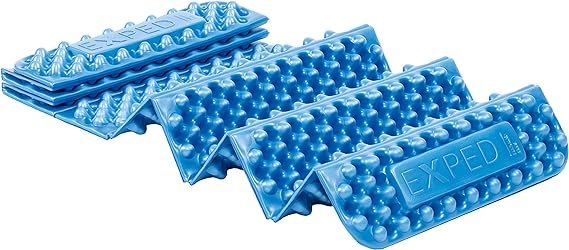


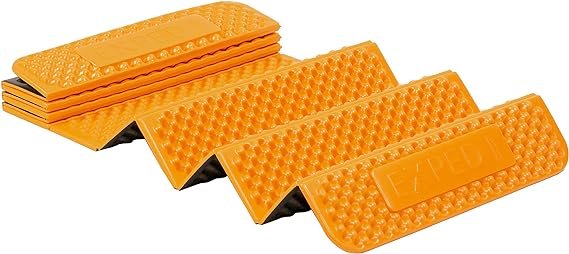
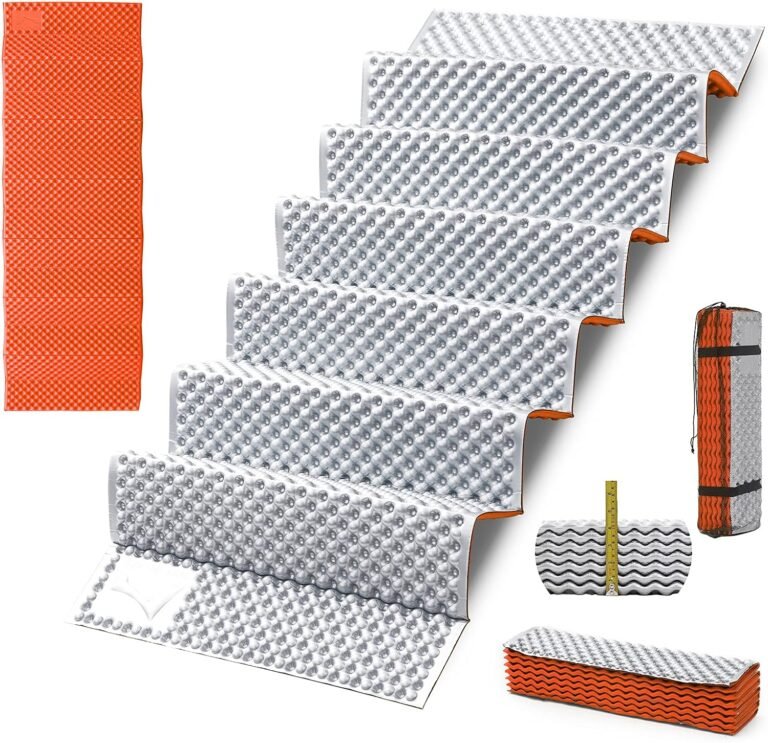
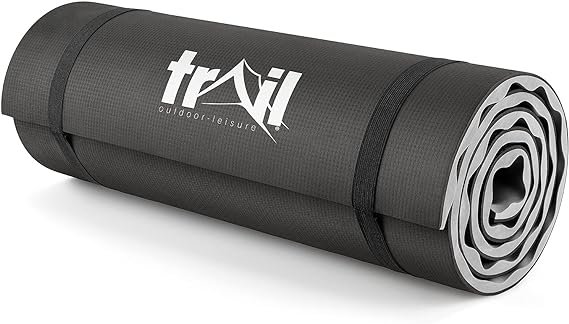
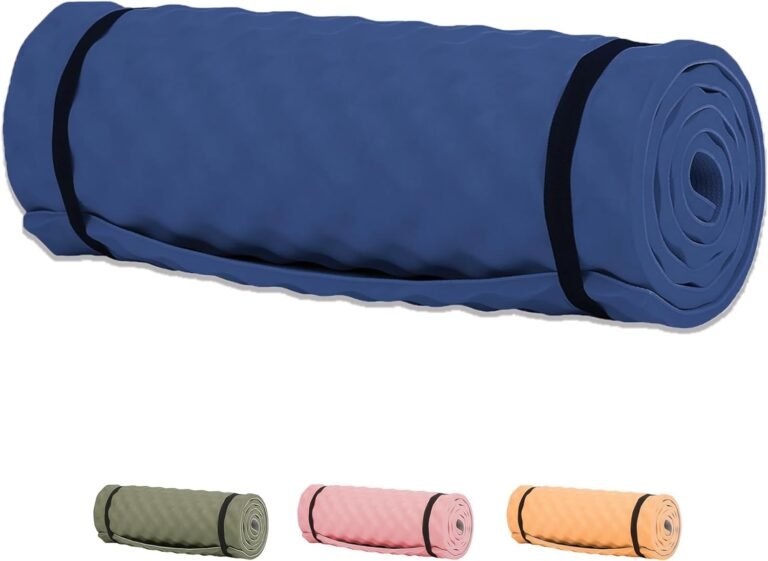
Pingback: Outwell Dreamboat Review - Campers Content